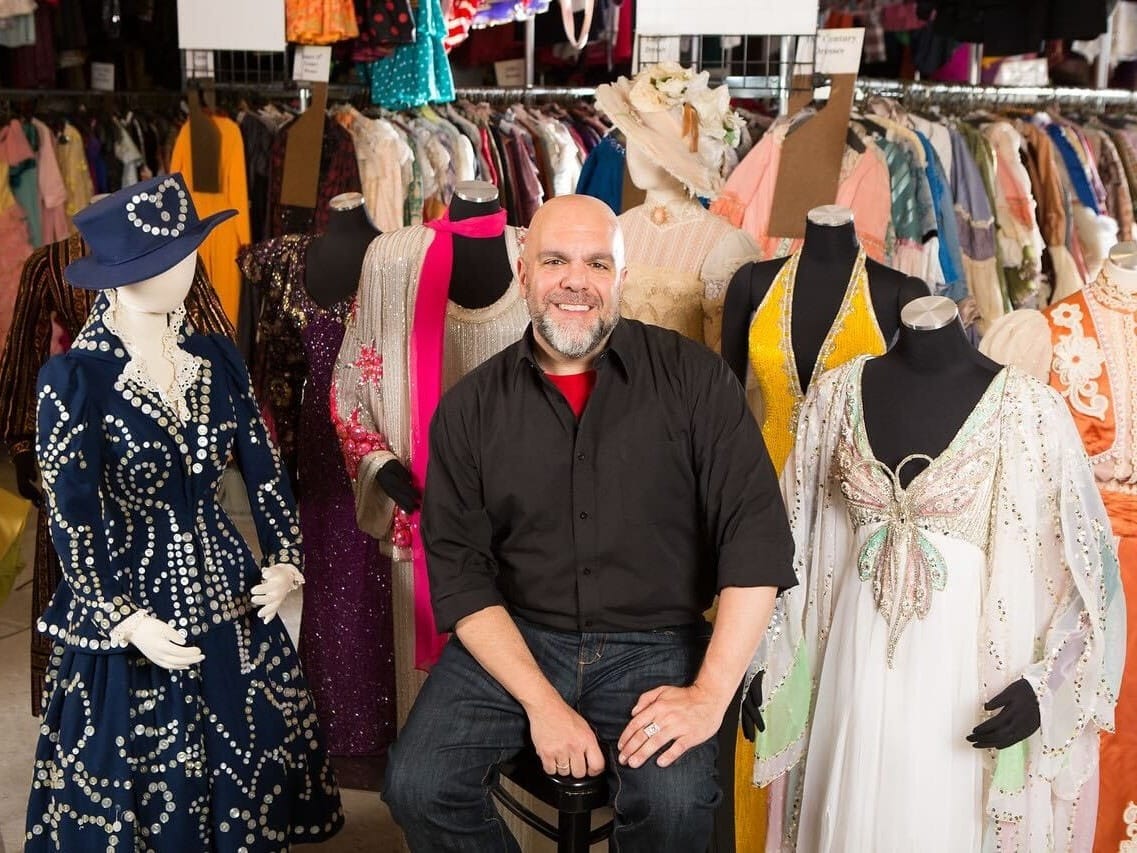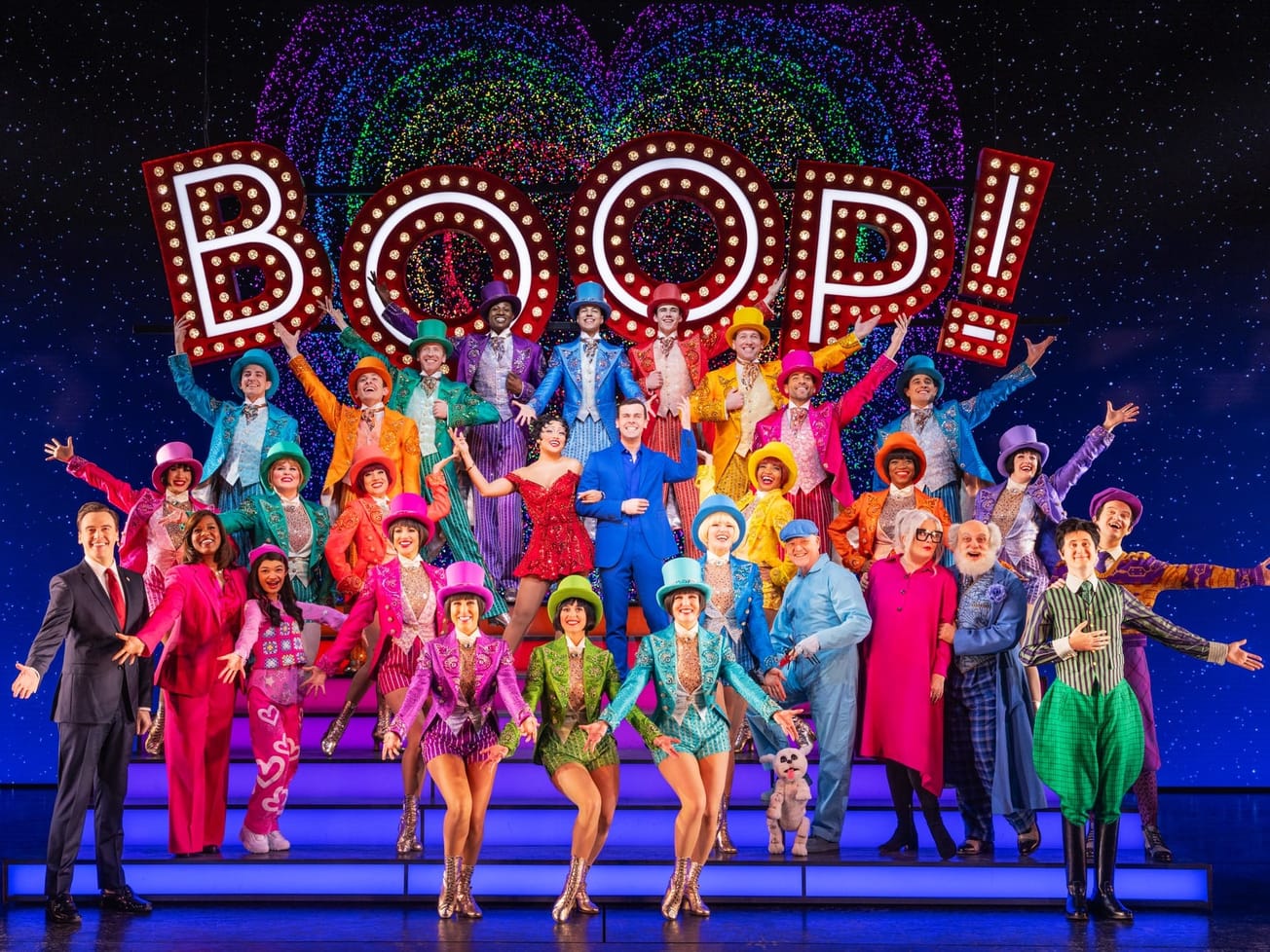“The Play That Goes Wrong” is not the typical Broadway success story, but it has outlasted the competition.
The play does not have a star at its helm, did not win a Tony Award for best play and did not receive rave reviews, but it stands as the only play remaining from last season, making it the longest-running play currently on Broadway. The secret to its success, according to its producers, comes down to its broad appeal, which transcends age groups and language, as well as economics that support that.
“It’s a multi-generational show, which on Broadway, for a play, is truly a unicorn,” said Kevin McCollum, lead producer of the Broadway show.
It is the play’s literal slapstick humor that crosses age and demographic barriers, says Kenny Wax, co-producer of the show, as well as the fact that audiences are able to interact with the cast during the show.
“I think audiences really just love the anarchy of doing something different,” Wax said.
That is shown through the stats, as the show has maintained an average attendance of 80% capacity across its 33 weeks of a regular performance schedule, according to an analysis of data provided by The Broadway League.
The size of the theater allows McCollum to set a $30 ticket price in the balcony, which he notes makes it easier for a family of four to see the show, while also charging higher prices – with a premium ticket price of $197 – for select orchestra seats. “The Play That Goes Wrong,” has one of the lowest regular ticket prices on Broadway, as does “The Phantom of the Opera,” the longest-running show on Broadway.
Overall, the financials been working out, as the show, which was capitalized at $4 million, has a weekly operating cost of less than $300,000. That means that when the play has a gross of $414,903, as it did in the week ended Oct. 22, the show “has made some money,” as McCollum puts it, bringing it closer to recoupment.
“We’re up over 50% recouped and we’re continuing to make distributions as we run,” McCollum said.
The average weekly gross for the show across those 33 weeks is $367,735, which includes the five weeks since the show replaced its original cast with a new American company.
Unlike other Broadway plays, the show came to New York with an unknown cast, rather than having a star at the helm. But hiring a star was never an option they considered for the Broadway production, according to Wax.
“We would’ve not come had we not been allowed to bring our original company,” Wax said.
The original company, made up of members from the Mischief Theatre Company in London, all made their Broadway debuts with the show, which began performances March 9 and opened on April 2.
“The Play That Goes Wrong” was not nominated for a Tony Award for Best Play last season, but has remained on Broadway, as all those that were nominated have folded. “Oslo,” which won the 2017 Tony Award for Best Play ended a limited engagement run in July, while the Pulitzer Prize-winning play “Sweat” as well as the critically praised “A Doll’s House, Part 2” and “Indecent” had to close up shop. “The Play That Goes Wrong” did come out of the awards with a Tony Award for Best Scenic design.
Still, the show seems to be popular wherever it goes. There are 13 productions of the show currently running, including the West End production, which has been running for three years, as well as shows in Paris, Hong Kong and Buenos Aires. There are soon to be more as the West End production is set to embark on a tour in 2018.
In addition to the running productions, the show has sold stage rights to 33 countries.
Even in other languages and other countries, the audience response and the play’s success have been consistent, Wax said.
“This show has always made money everywhere it’s ever been,” Wax said.


























































